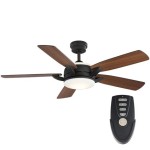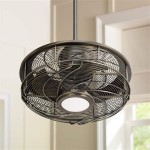When it comes to ceiling fans, the oiling process is a necessary part of maintenance. Over time, dust and dirt can build up on the blades, reducing their effectiveness and longevity. To keep your fan in its best working condition, it’s important to oil it regularly. But what exactly is ceiling fan oil and how do you use it? In this article, we’ll explore the basics of ceiling fan oil and provide tips on how to use it correctly.
What Is Ceiling Fan Oil?
Ceiling fan oil is a lubricant designed specifically for use in ceiling fans. It’s typically a light oil, such as mineral oil, that helps reduce friction and noise when the fan is running. This helps to extend the life of your fan, as well as make it work more efficiently.
How Do You Apply Ceiling Fan Oil?
Applying ceiling fan oil is a relatively simple process. First, you’ll need to turn off the power to the fan and let it cool down before beginning. Then, open the fan housing to access the fan blades. Apply a few drops of oil directly onto each blade, then use a rag to spread the oil evenly. Make sure to reach all the blades and any other moving parts that need oiling. Once you’re finished, replace the fan housing and turn the power back on.
How Often Should You Oil Your Ceiling Fan?
Generally, it’s recommended that you oil your ceiling fan at least once a year. However, if you live in a particularly dusty environment, you may need to oil it more frequently. It’s also a good idea to oil your fan before storing it for the winter. This will help keep the blades from rusting and will make it easier to start up again in the spring.
Tips for Using Ceiling Fan Oil
- Always use a light oil specifically designed for ceiling fans.
- Be sure to turn off the power to the fan before oiling it.
- Apply a few drops of oil to each blade and spread it evenly.
- Oiling your fan at least once a year will help ensure it runs smoothly.
- If you plan to store your fan for the winter, oil it before doing so.
Ceiling fan oil is an important part of keeping your fan running efficiently. By following the tips above, you can ensure your fan is in top working condition and enjoy a cooler, more comfortable summer.















Related Posts








